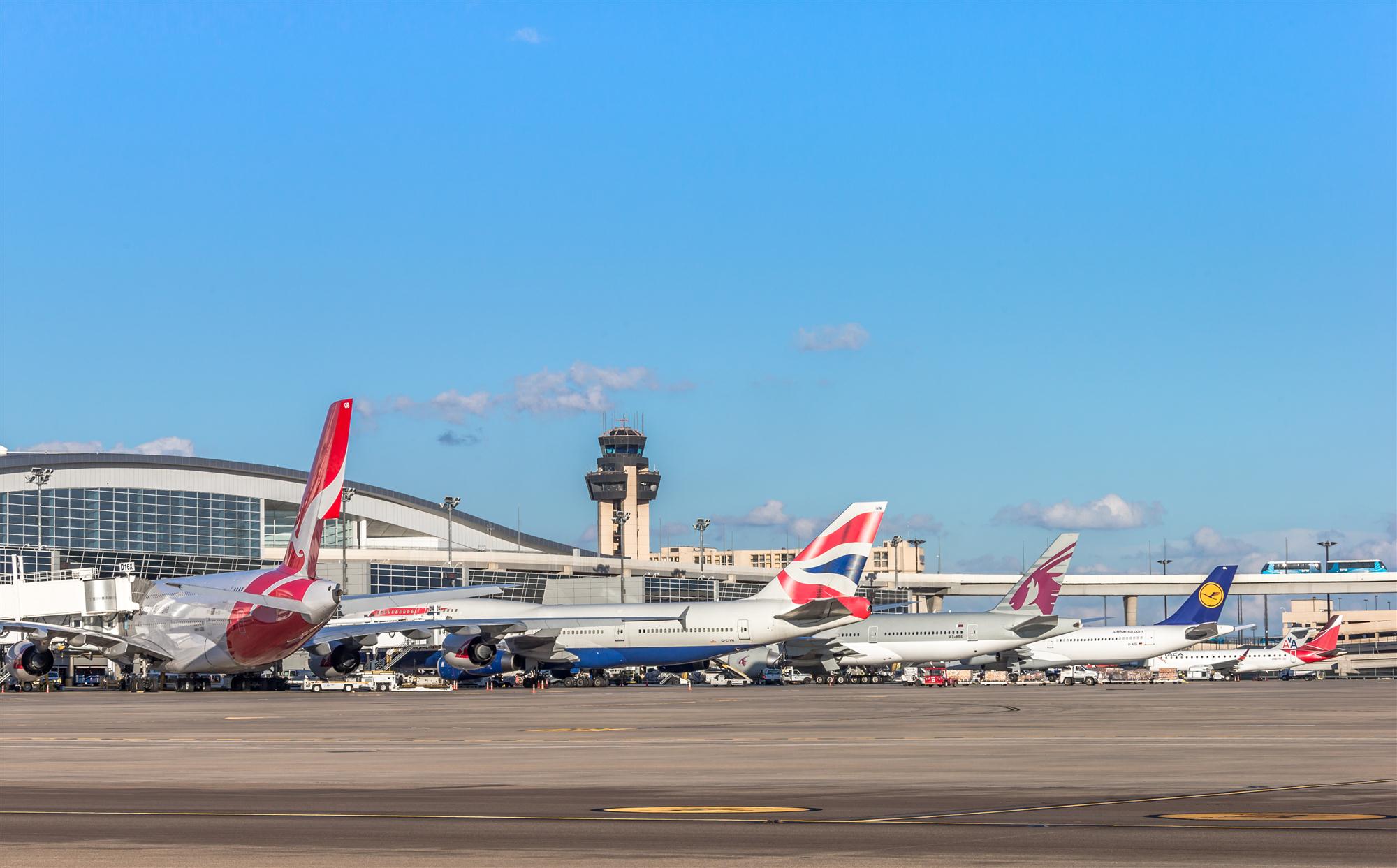Aeroports de Paris and Dallas/Fort Worth International Airport (DFW) used the International Air Cargo Forum in October to unveil their plans to develop air cargo traffic together. At the conference in Toronto, the pair signed an MoU to collaborate with the objective of developing a trade lane between the two regions.
Marc Houalla of Groupe ADP, the parent organization of the French airport group, said that the two organizations want to share best practices from their respective platforms to help their cargo communities work together.
Corporate clients often have requirements for specific services for their international traffic, and the airports can work together on how such services can be provided, he added.
“Partnership at the other end is vitally important to develop this business,” said John Ackerman, DFW’s executive vice president, global strategy and development.
He finds that a new approach to the cargo business is necessary. At many airports, cargo has been on autopilot, but more and more airport authorities realize that they can do more and what benefits this may offer, he stated, adding that there are some structural issues that only an airport can address which are beyond the reach of its tenants.
“Airports have done cargo in the same way for a very long time. We can deliver more value for customers and more profit for the airport that we can reinvest in our community,” he said.
DFW has underscored its commitment to the development of freight with an investment in a push for CEIV accreditation on its patch.

Stan Wraight, president and CEO of Strategic Aviation Solutions International, agreed that a growing number of airport authorities are coming to the conclusion that they need a new, more proactive approach to cargo.
He also sees merit in airports collaborating with each other to develop traffic.
A groundbreaking initiative in this arena has been the push for airports with CEIV accreditation to work together on pharmaceuticals traffic. Brussels International Airport, which pioneered the CEIV concept, and Miami International Airport were the first to join hands there.
This led to the establishment of the Pharma.Aero group, which swelled to 27 members in 16 months, including airports as well as airlines, forwarders, handlers and shippers. According to group chairman Nathan De Valck, together the members can create a platform that goes beyond discussions of issues to actually innovate and embark on projects.
The drive to create pharmaceuticals corridors makes sense, Wraight noted, but it should not be confined to a single commodity. “Doing a pharma corridor is fine, but it’s sub-optimal thinking,” he said.
A collaborative approach has to potential to unlock new opportunities for airlines and forwarders and challenge the integrated express carriers for time-critical premium traffic, Wraight thinks.
“A direct flight is the fastest connection between two points. No integrator can beat that, but the air cargo industry is not organized on the ground. Airlines need to integrate with ground handlers and airports,” he said. “We’re trying to change the mindset. It has to be airlines, GHAs and airport together.”
Hartsfield Jackson Atlanta International Airport is working together with Amsterdam Airport Schiphol. “Our main focus is on cargo development,” said Elliott Paige, director of air service development at Hartsfield.
A major thrust of their collaboration is to align standards between the two airports and develop trade corridors, he remarked.
Airlines welcome airports’ collaborative efforts to develop joint service standards.
“We are always happy if we can pass on the advantages from things like uniform standards to our customers,” a spokesman for Lufthansa Cargo said.
In how far this actually affects route decisions, especially for freighters, is another matter.
“The decision on freighter deployment depends fundamentally above all on demand. Improvements of the infrastructure at airports, for example, can have a positive contributing influence on an existing or potential collaboration,” the Lufthansa spokesman said.
By Ian Putzger
Air Freight Correspondent | Toronto




